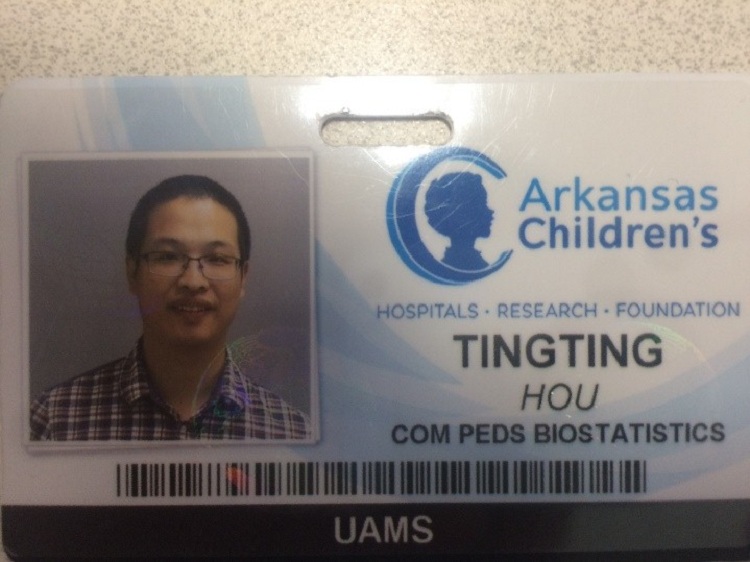In order to strengthen international exchange and cooperation, under the recommendation of Professor Xu Haiming, Liu Shouye and Hou Tinting, supported by Lou Xiangyang, Professor of University of Arkansas for Medicine Science, went to United States on March 1st, 2017 and undertook academic exchange for one year.
In UAMS, Liu Shouye and Hou Tingting mainly focused on studying powerful innovative analysis methods and extending family based genetic model. Based on Transmission Disequilibrium Test and Log-linear Model, their new model could avoid the inflated false positive rate, which may be caused by population structure, by incorporating recombination and association parameter explicitly; besides, this model couldalso unbiasedly estimate child effect, maternal effect and covariate effect as wellas gene-environment interactions simultaneously.
Based on this unified genetic model framework, Liu Shouye and Hou Tingting developed family-based Cox proportional hazard model for survival analysis and family-based logistic model for case-control study analysis, respectively. Various simulation scenarios showed that newmethod is valid in the presence of linkage disequilibrium between a genetic marker anda disease locus and even in the circumstance of no linkage and no association as well.

